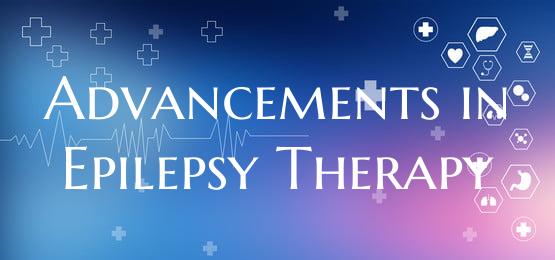
Advancements in Epilepsy Therapy
Epilepsy, a neurological disorder characterized by recurrent seizures, affects millions of people worldwide. Over the years, significant advancements in epilepsy therapy have revolutionized the management and treatment of this condition. Researchers and healthcare professionals continue to explore innovative approaches to improve outcomes and enhance the quality of life for individuals living with epilepsy.
1. Personalized Treatment Approaches: One of the significant developments in epilepsy therapy is the shift towards personalized treatment plans. By utilizing advanced imaging techniques, genetic testing, and other diagnostic tools, healthcare providers can tailor treatment strategies to individual patients. This approach not only improves seizure control but also minimizes side effects and optimizes overall well-being.
2. Neurostimulation Devices: Neurostimulation devices have emerged as a promising therapy option for individuals with drug-resistant epilepsy. Devices such as vagus nerve stimulation (VNS) implants and responsive neurostimulation (RNS) systems work by delivering electrical impulses to specific brain regions to reduce seizure activity. These technologies have shown great success in controlling seizures and improving quality of life for many patients.
3. Novel Drug Therapies: Ongoing research and clinical trials have led to the development of novel drug therapies for epilepsy. New antiepileptic medications with improved efficacy and safety profiles are continuously being introduced, providing patients with more options for managing their condition. These innovative drugs target specific pathways involved in seizure generation, offering new hope for individuals who have not responded well to conventional treatments.
4. Epilepsy Surgery Innovations: Surgical interventions for epilepsy have also seen remarkable advancements in recent years. Minimally invasive surgical techniques, such as laser ablation and stereotactic radiosurgery, allow for precise targeting of seizure foci while minimizing risks and recovery time. Additionally, advancements in presurgical imaging and mapping technologies have improved surgical outcomes and reduced the need for extensive resections.
5. Behavioral and Lifestyle Interventions: In addition to medical and surgical therapies, a holistic approach to epilepsy management includes behavioral and lifestyle interventions. Cognitive behavioral therapy, stress management techniques, and dietary modifications have been shown to complement traditional treatments and help reduce seizure frequency in some patients. Moreover, regular exercise, adequate sleep, and stress reduction practices play a crucial role in optimizing overall health and well-being for individuals with epilepsy.
In conclusion, the continuous evolution of epilepsy therapy reflects the commitment of the medical community to enhance patient care and outcomes. By embracing cutting-edge technologies, personalized treatment strategies, and a multidisciplinary approach to care, individuals living with epilepsy can look forward to a future with improved seizure control, reduced side effects, and enhanced quality of life.